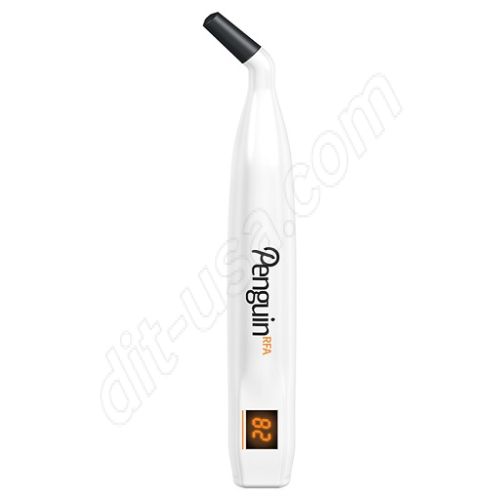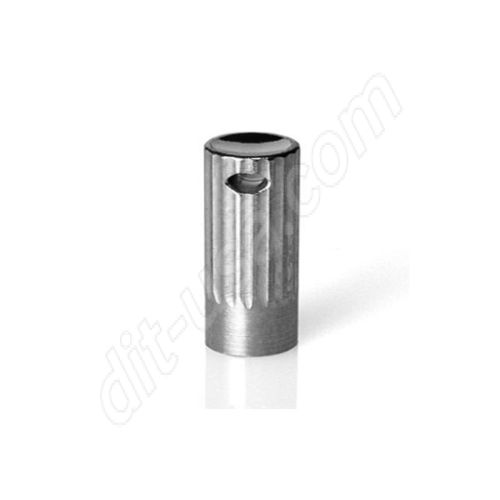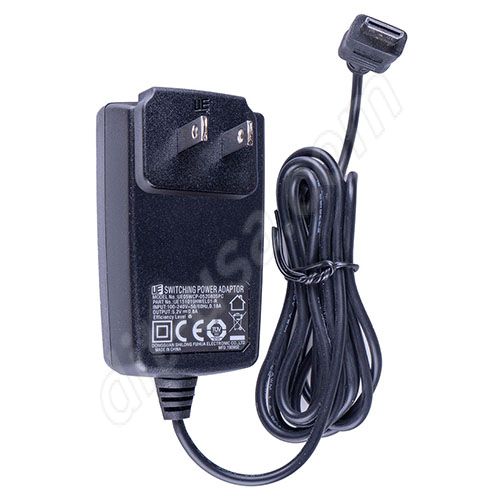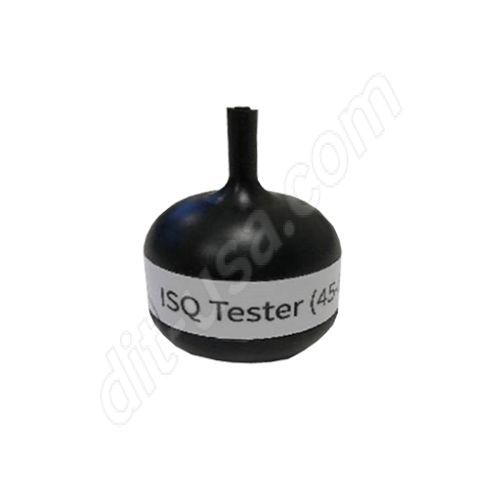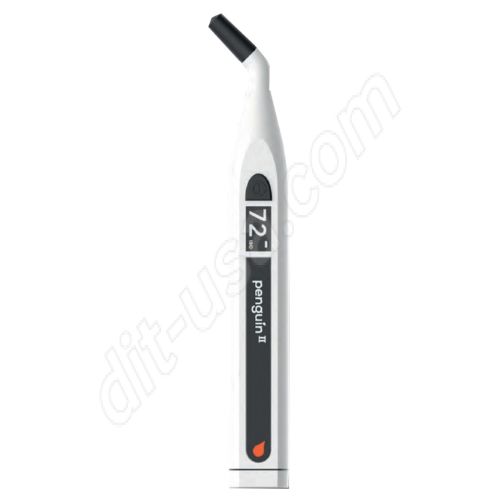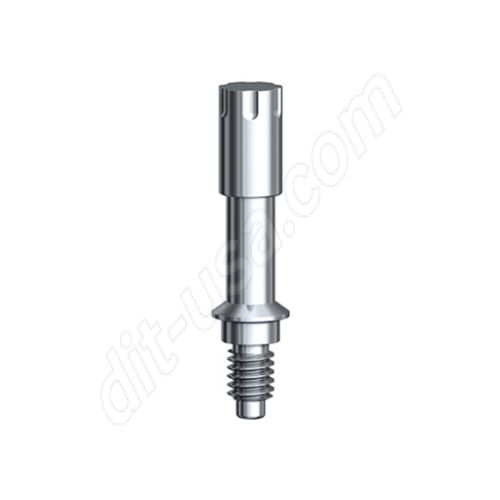-
Penguin Rfa Implant Stability MonitorSKU# RFA-55002-MULTI$2,290.00
-
Penguin Multipeg DriverSKU# RFA-55003$18.90
-
Penguin ChargerSKU# RFA-55093-AND-RFA-55097$85.00
-
Penguin Isq TesterSKU# RFA-55217$15.00
-
Penguin 2.0 Rfa Implant Stability MonitorSKU# RFA-55250-Penguin2$2,490.00
-
Multipeg For Penguin RfaSKU# RFA-MULTIPEGS$39.00
Implant Stability Testing with the Most Reliable Osstell® Alternative
All dentists know that implants are the most effective and reliable way to treat tooth loss. The durable nature of implants, and their anatomical similarity to natural roots make them the go-to option for permanent restorations.
The best dentists also know that a dental implant is only as good as the planning and procedure that goes into placing it.
Measuring and maintaining stability throughout the life of an implant is critical to the long-term outcome. Osstell® is a brand of dental implant stability monitoring devices that many clinicians are familiar with. Until recently, there have been few viable alternatives with the same recognition of quality. That changes with the availability of Penguin RFA Implant Stability Monitors available from Dental Implant Technologies.
Learn how the Penguin RFA system can provide comparable in-office performance to Osstell® and other systems, and order the best implant stability equipment from our online store today.
What are the Options for Measuring Implant Stability?
There are various methods available to measure implant stability. The most commonly used methods include…
- Mobility testing is the most basic form of measurement where an instrument is used to physically check for movement of the implant. This is the least accurate as it relies on a high level of clinical skill and sensitivity to movement, so only larger movements of the implant are detected.
- Radiographs are a reliable way to evaluate implant stability and osseointegration but there is limited ability to see the potential for micromovement when looking at a radiograph. The scan could show good osseointegration, but the implant may still have some level of micromovement with a prosthetic attached.
- Osstell® and Osstell®-like devices use Resonance Frequency Analysis (RFA) to track micromovements from magnetic pulses. A compatible peg is attached to the implant to begin the test. Osstell® is a reliable system but for many clinicians it is cost-prohibitive. An alternative like Penguin RFA is a fraction of the cost of Osstell® and similar devices.
Accurate ISQ Measurements with an Alternative to Osstell® and Other Devices
Clinicians seeking a highly reliable alternative to Osstell® and other measuring devices can rely on the Penguin RFA Implant Stability Monitor (SKU: RFA-55002-MULTI).
This device provides the most accurate and objective measurements of implant stability, indicating the success and status of implant osseointegration. It is used when making the decision to load the implant after placement, and can also be used to measure the stability of an implant throughout its lifetime of maintenance.
The Penguin RFA device provides ISQ (Implant Stability Quotient) measurements by exciting an attached peg with a magnetic field. The peg vibrates, which is detected by the Penguin device. The amount of vibration is used to determine the ISQ, which is an internationally recognized standard.
The factors that can affect the scale include bone density, implant placement technique, the design of the implant, and how long the implant has had to heal. Low values can indicate the likelihood of implant failure, but these can improve throughout the healing stage. Clinicians can use Penguin RFA to determine the right time to attach prosthetic devices.
At Dental Implant Technologies we supply the original Penguin RFA device and the Penguin 2.0 (SKU: RFA-55003-PENGUIN2) designed with a slimmer and more ergonomic shape, improved screen for ISQ measurements, and a rubberized grip for improved handling.
We also provide a complete range of accessories including chargers, magnetic pegs for testing, peg drivers, and a testing device that ensures a Penguin handpiece is functioning normally.
Implant Stability is Key to Long-Term Success
The stability of a dental implant is essential for its durability and the health of the patient. Stability is directly linked to the long-term success rate of dental implants. Dental implants with good stability last longer, often for a lifetime, when compared to those with poor stability. When an implant becomes unstable, it can loosen and eventually fail, requiring replacement. Infections can also occur if an implant doesn’t achieve and maintain complete osseointegration.
Implant stability also affects function, which is why implant specialists use systems like Osstell® to measure stability. Because implants function like natural tooth roots, they need to be able to withstand the force from biting and chewing that is applied through a prosthetic element like an abutment and crown or an implant-supported denture. If the implant isn’t stable, it can shift when pressure is applied, which causes problems for the patient. If there is any micromovement, then the problem can worsen over time, leading to implant periodontitis, total loss of integration, and failure.
The use of a reliable alternative to Osstell® is not just beneficial for the clinician and their reputation, but also for the patient and their oral health. Being able to quickly and accurately measure implant stability will provide benefits that are evident immediately after implant placement and throughout the lifetime of an implant as it is maintained.
Clinicians seeking a measuring device similar to Osstell® can consider the Penguin RFA system.
Choose an Osstell® Alternative for the Best Patient Outcomes
Knowing when to load a dental implant, or checking for the warning signs of implant failure is easy and intuitive with the Penguin RFA system. Accurate measurements and a simple chairside procedure can help clinicians to make the best decisions to ensure that implants provide years of stability for patients.
Order Penguin RFA devices and accessories from Dental Implant Technologies and enjoy a reliable and more affordable alternative to Osstell® and other systems.


